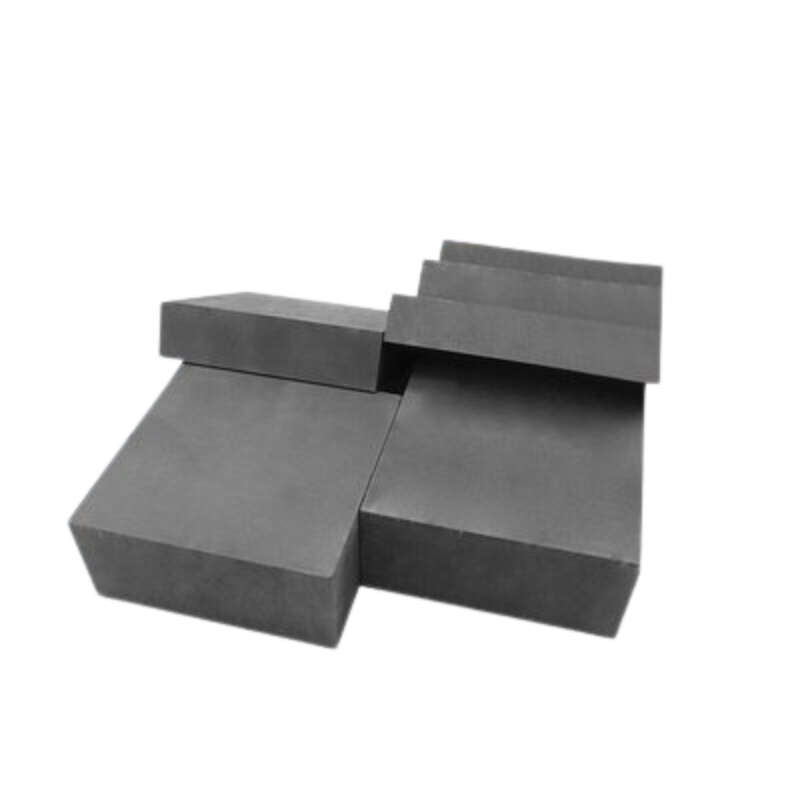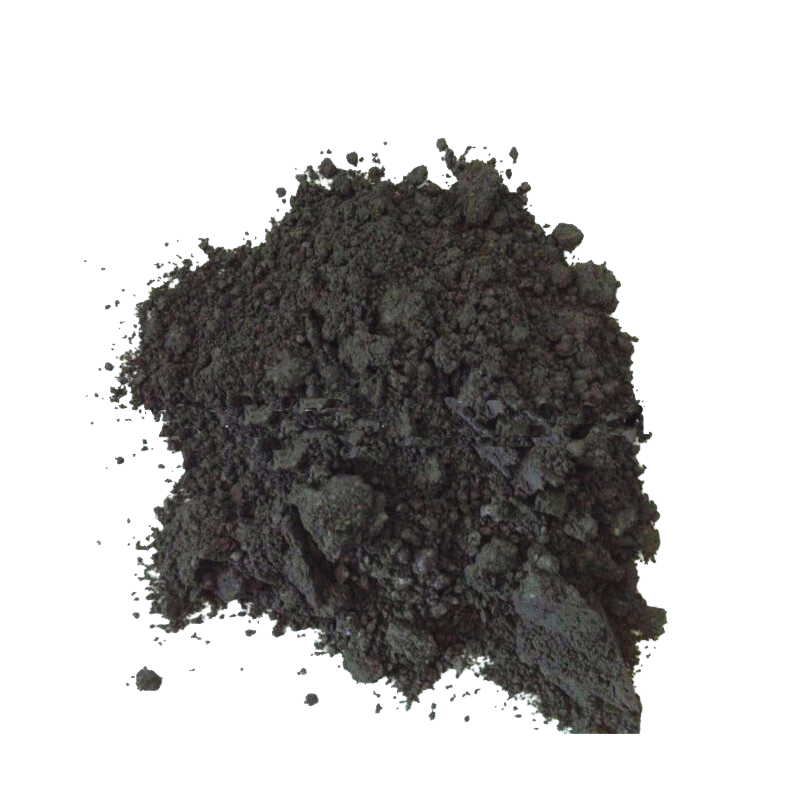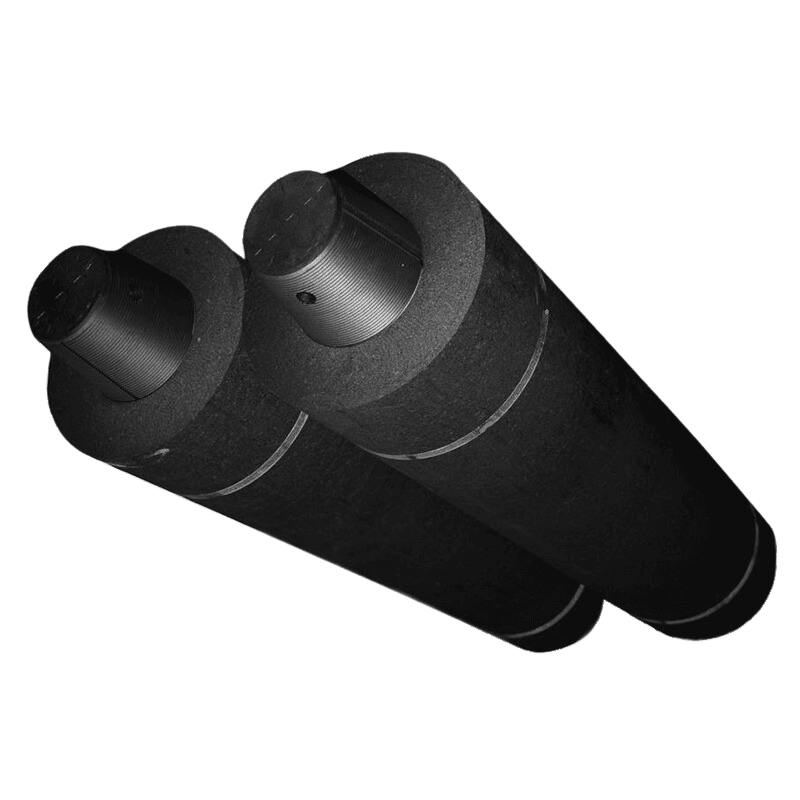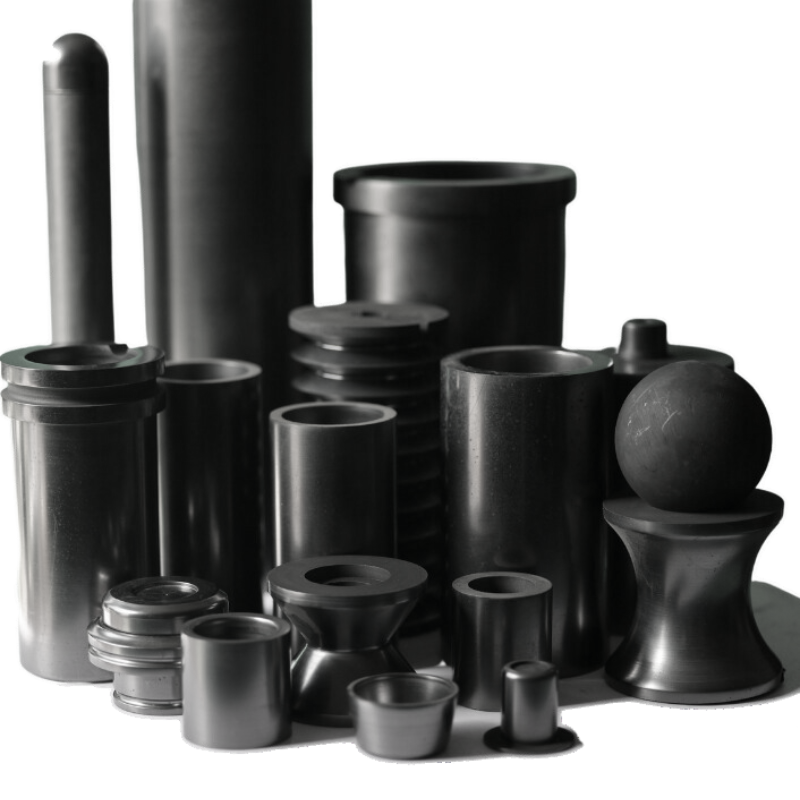Introduction:
Graphite molds stand as the unsung heroes behind the scenes of modern manufacturing, particularly in the realm of crafting lightweight structural components. These unassuming tools play a crucial role in shaping intricate and precisely engineered structures that form the backbone of various industries. In this article, we delve into the world of graphite molds, exploring their significance and unrivaled contributions to the production of lightweight structural components.
The Evolution of Graphite Molds: To comprehend the importance of graphite molds in the manufacturing landscape, it’s essential to trace their evolution. Initially used for basic molding purposes, graphite molds have undergone a transformative journey, becoming indispensable in the fabrication of lightweight structural components. The unique properties of graphite, such as high thermal conductivity, low thermal expansion, and exceptional machinability, make it an ideal material for crafting intricate and lightweight designs.
Precision Engineering with Graphite Molds: Graphite molds excel in precision engineering, enabling manufacturers to replicate intricate designs with remarkable accuracy. Whether it’s aerospace components, automotive parts, or electronic devices, the use of graphite molds ensures that every detail is faithfully reproduced. The ability to achieve tight tolerances and intricate geometries makes graphite molds a preferred choice in industries where precision is non-negotiable.
Key Advantages of Graphite Molds in Crafting Lightweight Components:
1.Dimensional Stability: Graphite’s low thermal expansion coefficient ensures dimensional stability during the molding process. This is crucial for producing lightweight components with precise specifications.
2.High Thermal Conductivity: The excellent thermal conductivity of graphite allows for uniform heat distribution during the molding process. This ensures consistent material properties and minimizes the risk of defects in the final product.
3.Machinability: Graphite’s machinability is a boon for manufacturers, as it facilitates the creation of intricate molds with complex geometries. This is particularly beneficial when crafting lightweight components with intricate designs.
4.Surface Finish: Graphite molds contribute to achieving superior surface finishes on molded components. This is imperative for applications where aesthetics and smooth surfaces are paramount.
Applications Across Industries: The versatility of graphite molds extends across various industries, each benefiting from the unique properties of graphite in crafting lightweight structural components.
1.Aerospace Industry: Graphite molds play a pivotal role in the aerospace industry, where lightweight materials are essential for fuel efficiency. Components such as aircraft panels, brackets, and other structural elements are precision-engineered using graphite molds.
2.Automotive Sector: In the automotive sector, the demand for lightweight components is on the rise to enhance fuel efficiency and overall performance. Graphite molds contribute to the production of lightweight parts like engine components, chassis elements, and interior structures.
3.Electronics Manufacturing: The electronics industry relies on graphite molds for producing lightweight components used in devices like smartphones, laptops, and wearable technology. The precision offered by graphite molds is crucial for the miniaturization of electronic components.
Conclusion:
Graphite molds emerge as the unsung heroes in the realm of manufacturing lightweight structural components. Their evolution from basic molding tools to precision engineering instruments has revolutionized industries ranging from aerospace to electronics. The unique properties of graphite, coupled with the advantages it offers in dimensional stability, thermal conductivity, and machinability, position it as the material of choice for crafting intricate and lightweight designs. As industries continue to push the boundaries of innovation, graphite molds remain a cornerstone in the quest for precision and efficiency in manufacturing lightweight structural components.





